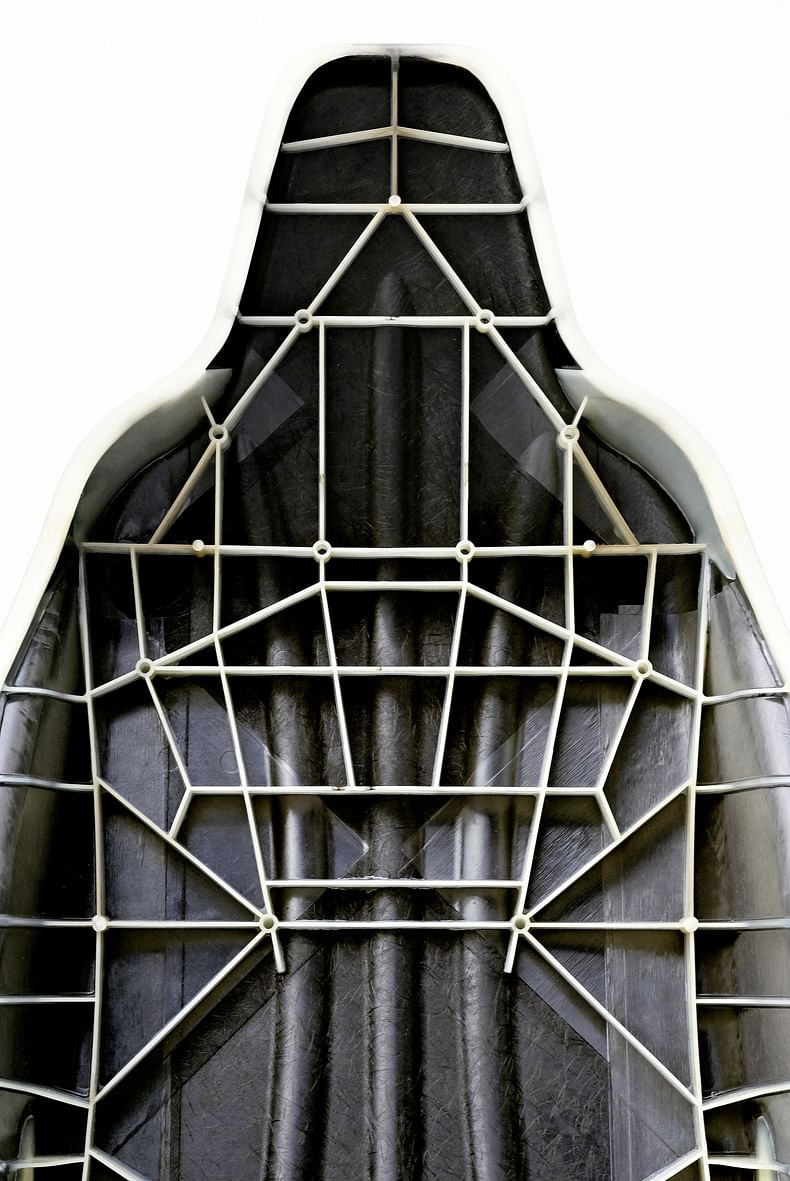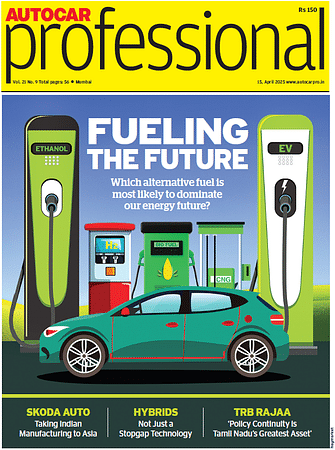Johnson Controls to make 40 percent lighter but just as safe vehicle seat structure
Johnson Controls is reducing the use of metals in vehicle seat structures by replacing them with multi-material systems in its
Johnson Controls is reducing the use of metals in vehicle seat structures by replacing them with multi-material systems in its CAMISMA (carbon-amide-metal-based interior structure using a multi-material system approach) research project.
These seats are more than 40 percent lighter than conventionally manufactured seat structures and equally as safe.
For this cutting-edge work, Johnson Controls, a global multi-industrial company, received this year's CLEPA (European Association of Automotive Suppliers) Innovation Award in the ‘Green’ category. According to the jury, the project represents an "outstanding, future-oriented solution for sustainable carbon dioxide reduction."
"Although carbon-fibre products generally offer outstanding characteristics, such as great strength and design flexibility, they are too expensive for use in the large-scale series production of vehicles," said Andreas Eppinger, group vice-president (technology management), Johnson Controls Automotive Experience. "With CAMISMA, our goal was to create cost-efficient, sustainable access to carbon-fiber-based materials systems."
This was achieved by an innovative industrial manufacturing process for volume production with about 200,000 units per production line, allowing for the first time the highly concentrated, efficient use of carbon fiber, while at the same time meeting all safety requirements.
The results of an initial rear-impact crash test demonstrated that the CAMISMA seat prototype satisfied all of the strength requirements of current seats built with a metal structure in large-scale series production.
In addition to significant weight savings, CAMISMA offers a further advantage: The manufacturing steps required in assembly are substantially reduced through the number of attachment parts needed, which also saves cost.
These seats will be available in vehicles in 2019.

RELATED ARTICLES
Hyundai unveils next−gen highly efficient hybrid system
The next-gen hybrid system is claimed to offer 45% better fuel efficiency and 19% more power compared with ICE powertrai...
Horse Powertrain reveals hybrid conversion for electric cars
Engine-making joint venture of Geely and the Renault Group announces new hybrid powertrain that fits into the same space...
Aisin to produce hybrid motor for Mitsubishi in Thailand
The hybrid drive motor and gearbox, will be produced at Aisin Powertrain (Thailand) Co for use in the Mitsubishi XForce ...






 By Autocar Professional Bureau
By Autocar Professional Bureau
 03 Dec 2014
03 Dec 2014
 10146 Views
10146 Views









